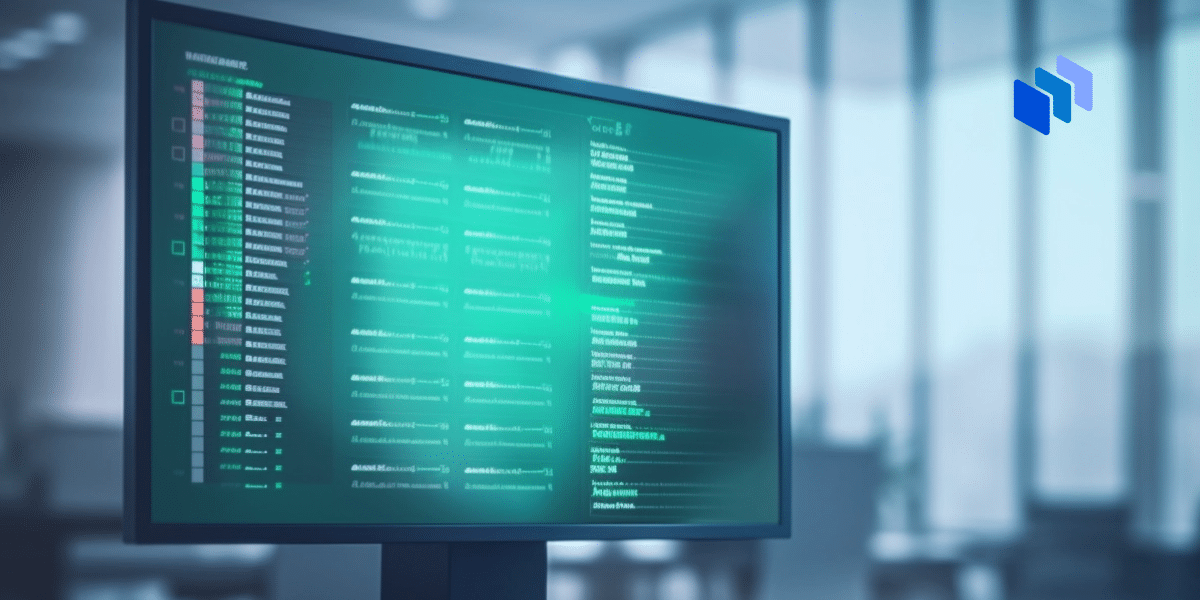In the interconnected digital age, web scraping is a double-edged sword, offering valuable data extraction capabilities — sometimes in the pursuit of good outcomes and sometimes not.
Web scraping involves automated information retrieval from websites, ranging from harmless data collection to potentially harmful privacy and security breaches.
And with each advance, the tactics employed by data thieves to scrape the Web become more sophisticated.
We recently explored the legalities and methods of anti-web scraping, and today, we go deeper into the defenses some companies deploy to keep their data safe from scraping.
Advanced Anti-Web Scraping Strategies
Below, some advanced strategies and methods to counter unwarranted scraping attempts are discussed.
- Dynamic Content Rendering
Dynamic content rendering, which dynamically generates and loads webpage content, has become a vital defense mechanism against Web scraping.
It adds complexity to prevent scraping tools while offering the ability to enhance user experience.
Dynamic content rendering generates and loads content via JavaScript, improving load times, resource usage, and overall browsing. This technique disrupts conventional scraping approaches by using techniques like asynchronous requests, lazy loading, and client-side rendering.
Scrapers must replicate actual user behavior to gather information gradually, making traditional scraping methods relying on static HTML parsing obsolete.
Employing dynamic content rendering uplifts website defense against scraping, but it is just one facet of a comprehensive anti-web scraping strategy, and adapting multi-layered defenses remains essential.
- AI-Based Approaches for Anti-web Scraping
In the ongoing battle against web-scraping, artificial intelligence (AI) is becoming a dependable protection shield.
AI’s central role in countering web scraping is highlighted by its remarkable ability to analyze vast amounts of data, uncovering delicate patterns and anomalies often overlooked by conventional methods.
This allows AI to differentiate between legitimate user behavior and insidious scraping attempts, even as attackers improve their techniques.
AI identifies deviations that suggest scraping activity by analyzing the details of user interactions, including timing, frequency, and sequence of actions.
Significantly, AI goes beyond recognizing known patterns and can learn and evolve, keeping up with emerging scraping strategies and effectively countering them.
One important application of AI is found in adaptive machine learning models. These models utilize historical data to understand and predict the tactics employed by data thieves.
As scraping methods become more sophisticated, these models evolve in parallel, enhancing their ability to detect unauthorized access.
- Multi-Layered Defense Approach
Employing multiple layers of defense has become a fundamental aspect of the techniques against web scraping attacks.
The multi-layered protection operates on the principle of redundancy, which decreases the likelihood of successful scraping attempts even as attackers become more sophisticated.
This approach combines reactive and proactive measures, integrating techniques such as rate limiting, IP blocking, CAPTCHA challenges, and user behavior analysis.
Together, these components enhance protection by limiting request rates, blocking suspicious IPs, preventing automated scraping attempts through CAPTCHA challenges, and identifying deviations in user behavior that could indicate scraping activity.
Combining these techniques anticipates emerging threats while offering swift responses to immediate dangers.
- Privacy-Focused Anti-Web Scraping Regulations
The evolving data privacy regulations have reformed anti-web scraping techniques, resulting in innovations prioritizing privacy and adhering to regulatory frameworks like the European Union’s General Data Protection Regulation (GDPR) and the California Consumer Privacy Act (CCPA).
- Extra Steps Driven By Data Privacy Regulations
The introduction of data privacy regulations has triggered a transformation in anti-web scraping tactics.
Enterprises are now pressured to shield their digital resources effectively while strictly adhering to data protection mandates.
It’s worth noting that developing sophisticated security protocols aligned with regulations like the GDPR and the CCPA include encryption techniques that secure data from unauthorized access and extraction.
Through encryption, even if scraping attempts are successful, the stolen data remains incomprehensible to malicious actors, safeguarding the privacy of individuals’ information.
Likewise, an essential innovation in combating scraping is data anonymization.
By removing personally identifiable information, organizations render scraped data useless for malicious purposes. This technique effectively reduces the potential harm from unauthorized extraction while adhering to privacy regulations.
Anti-Web Scraping Tools
There are numerous tools accessible for safeguarding against scraping attempts.
For instance, Radware has introduced several AI-based cybersecurity tools in addition to bot managers to aid organizations in defending against a wide range of threats.
Similarly, Imperva offers a comprehensive bot mitigation solution that utilizes a multi-layered approach. It encompasses features such as rate limiting, IP blocking, CAPTCHA challenges, and behavioral analysis to shield against various types of scraping and automated bot attacks.
Sites such as SmallPDF, a provider of free online tools, employ Imperva for protection against scraping bots.
Other examples of tools against scraping comprise DataDome, Fastly, and IPQUALITYSCORE.
It is vital to mention that many organizations, particularly those involved in sensitive data or critical operations, often refrain from disclosing specific details regarding their protective mechanisms for security purposes. Otherwise, they could provide valuable insights to hackers and malicious actors, making it easier for them to develop strategies to evade or breach these defenses.
The Future of Web Scraping Threats
Web scraping tactics are constantly changing.
Over time, emerging technologies such as blockchain and quantum computing may hold promise in combating advanced web scraping.
Moreover, predictive analytics, behavior-based detection, and AI-driven threat modeling can identify patterns and potential attacks, enabling organizations to strengthen their defenses in advance.
The Bottom Line
In the constantly changing digital landscape, the fight against web scraping threats necessitates continuous innovation and adaptable defense strategies.
As data thieves become more sophisticated in their tactics, organizations must adopt multi-layered defenses, state-of-the-art technologies, and privacy-centric approaches.
The combination of advanced encryption, data anonymization, and adherence to privacy regulations creates a strong shield.
As AI-powered protection and emerging technologies shape the future, the proactive protection of digital assets becomes necessary and a cornerstone of digital resilience.









